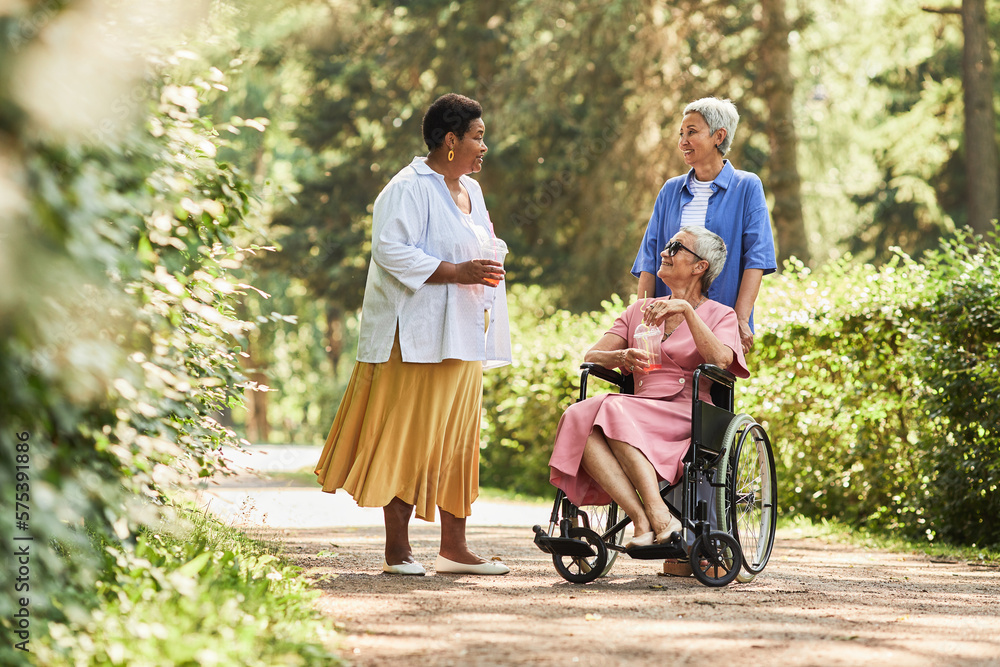When it comes to answering the question how long can an elderly bedridden person live, various factors must be taken into consideration. It involves a delicate balance of medical care, emotional support, and environmental conditions which directly impact ones longevity.
The life expectancy of someone who is elderly and bedridden can vary greatly. Numerous elements come into play, influencing their ultimate lifespan, and it is crucial not to lose hope. By creating a supportive and enriching environment, you can significantly enhance the quality of life for your loved one.

Health Conditions Impacting Longevity
Underlying health conditions often play a pivotal role in how long an elderly bedridden person can live. Conditions like cardiac issues, diabetes, or dementia significantly affect longevity and overall health. Regular monitoring and professional medical support become essential.
Quality of Care
Providing high-quality care is fundamental. Ensuring proper hygiene, nutrition, and regular medical check-ups are core components of quality care. Educating caregivers about specific needs creates a safer and more nurturing environment.
Finding the Right Equipment
To improve comfort and mobility, using appropriate tools can make a substantial difference. Equipment such as back massagers can be highly beneficial. Visit Back Massager For Seniors for more details.
Importance of Mental and Emotional Support
Mental health is as critical as physical health. Ensuring an elderly person receives emotional support can enhance their will to live. Engage them in conversations, provide entertainment, and encourage social connections when possible.
Social Interaction
Encourage family visits and use technology to connect with loved ones far away. Social interaction bolsters morale and provides a sense of belongingness that can influence longevity positively.
Creating a Positive Environment
Enhancing the living environment of an elderly bedridden person can provide emotional upliftment. A well-lit and pleasant space, along with familiar comforts, contributes greatly to their well-being.
Adequate Nutrition
Proper nutrition is critical in maintaining health. Meals should be tailored according to dietary needs, focusing on balanced and nutritious options. This helps in preventing further health issues.
Regular Medical Oversight
Having consistent medical oversight is essential. It allows for timely interventions and adjustments to care that might be needed based on the person’s changing health conditions.
Caregiver Support
For caregivers, understanding the importance of self-care is crucial. Stress and exhaustion can affect the quality of care provided. Utilizing tools like Grabber Tool for the Elderly can aid in daily tasks.
Access to Professional Services
Professional services, such as those provided by a geriatric care specialist, offer medical and emotional support, along with healthcare strategies tailored specifically for an elderly individuals needs.
Home Adaptations
Making home adaptations can substantially improve safety and ease of movement. Analyzing the home environment for potential hazards and making necessary adjustments supports better living conditions.
Aim for Continual Engagement
Continual engagement with the elderly in activities suited to their capabilities maintains their cognitive function and improves quality of life. Reading, listening to music, or easy craft projects can be ideal.
Use of Technologies
Utilizing modern technologies, like personal alert systems for emergencies, can significantly enhance safety and independence. Visit Personal Alert System for further information.
How Mobility Aids Can Assist
Mobility aids such as lift chairs provide physical support and contribute to safer movement, improving comfort and independence significantly. Learn more on Lift Chairs.
Physical Therapy Options
Employing physical therapy, when suitable, to encourage movement and prevent muscle atrophy is beneficial. Tailored exercises from professionals can help maintain some mobility.
Regular Assessments
Routine assessments by healthcare professionals provide insights to adjust care plans. This proactive approach prepares families and caregivers to handle health changes effectively.
Preventing Bedsores
Preventing bedsores becomes a priority. This involves regular repositioning and the use of specialized mattresses to help maintain skin integrity.
Conclusion: Embracing Quality of Life
While the question of how long an elderly bedridden person can live may not have a definitive answer, focusing on enhancing their quality of life is a meaningful measure. With comprehensive and considerate care, environments adapting to individual needs, and fostering emotional wellness, we can make their days fulfilling.

FAQs
What factors influence the lifespan of a bedridden elderly person?
The lifespan is influenced by overall health conditions, quality of care, mental well-being, nutrition, and medical oversight. Environmental factors and social support also play crucial roles.
How can caregivers support an elderly bedridden person?
Caregivers can support by ensuring proper medical care, emotional support, nutritional needs are met, and adapting the living space to be safe and comforting. Utilizing helpful tools and maintaining their health is equally important.
What are critical signs to monitor in a bedridden elderly person?
Critical signs include changes in physical health such as unexplained weight loss, bedsores, fever, or difficulty in breathing. It’s equally important to monitor emotional health, such as signs of depression or withdrawal.
This article contains affiliate links. We may earn a commission at no extra cost to you.

